Design Academy Eindhoven students "see crisis in the world and respond to it"
Dutch Design Week 2015: Design Academy Eindhoven has undergone a "paradigm shift" with students now more interested in responding to real-world problems such as Europe's refugee crisis than making beautiful objects for collectors, according to creative director Thomas Widdershoven.
"They used to make collectables for museums," Widdershoven said. "Instead they now go out into the world. They see crisis and they respond to it."
The school, widely regarded as one of the most influential in the world, opened its graduation show this weekend as part of Dutch Design Week. Many of the projects on show addressed political subjects.
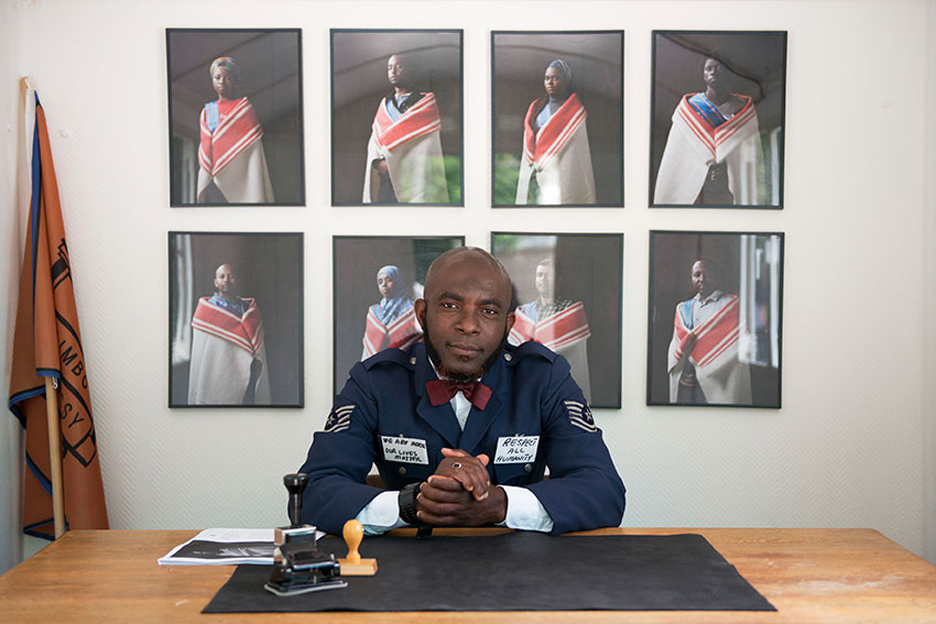
"Students look around at the world around them and they see real problems to serve as the starting point to their projects," Widdershoven said in his opening speech. "Refugees, racial tension, social disconnect, healthcare, media, politics and environmental disaster." Widdershoven later described the change at the school as a "paradigm shift" and a "repositioning".
Several graduates chose to address the refugee crisis in their projects, including Manon van Hoeckel, whose In Limbo Embassy proposes mobile embassies for stateless people.
"I created a mobile embassy and the refugees themselves work there as ambassadors and they invite society to come in to share their stories and also to think how refugees can help us, instead of how we can help refugees," said van Hoeckel.
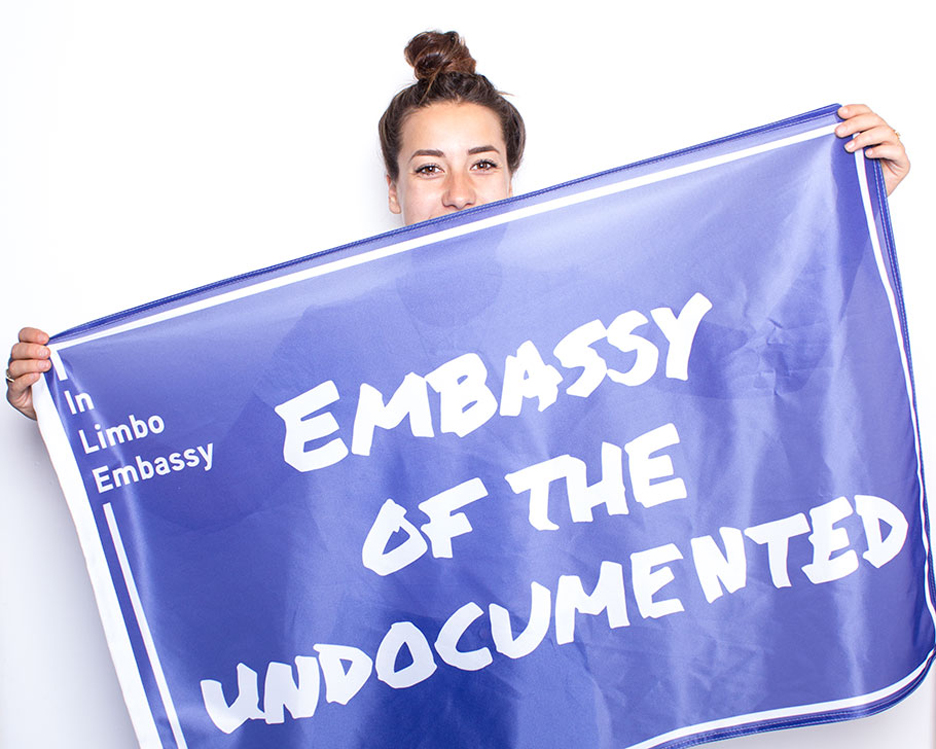
The project is designed to make people look differently at the refugee situation, rather than solving it.
"Design isn't really the solution," she said. "It's more of a tool. I use it to create awareness and encourage other people to think of solutions."
"I think everybody has to solve this crisis," agreed fellow student Pim van der Mijl, whose De Voorkamer project proposes shared spaces where refugees and local communities can meet and break down barriers between them.
"Designers have the power to create projects around topics that get no attention and make them visible," he added. "You can spread a thought and make people think."
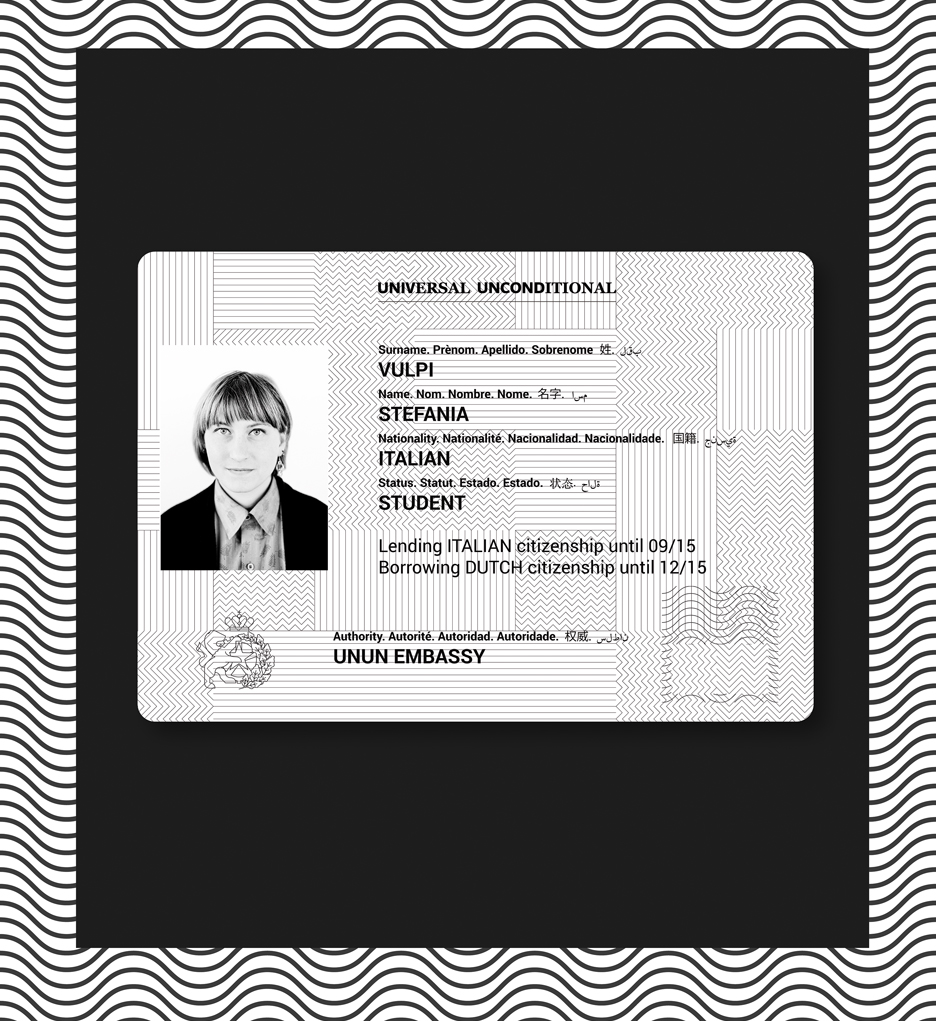
A third graduate, Stefania Vulpi, explored how people in transition could "borrow" citizenship from others who don't need it with her Universal Unconditional project.
"I tried to imagine a system where it would be possible to lend and borrow citizenship temporarily," she said. "I designed a website where you can create a profile and offer your citizenship for a certain period, and exchange it for a different citizenship."
Like van Hoeckel and van der Mijl, Vulpi started working on her project long before Europe's refugee crisis became headline news.
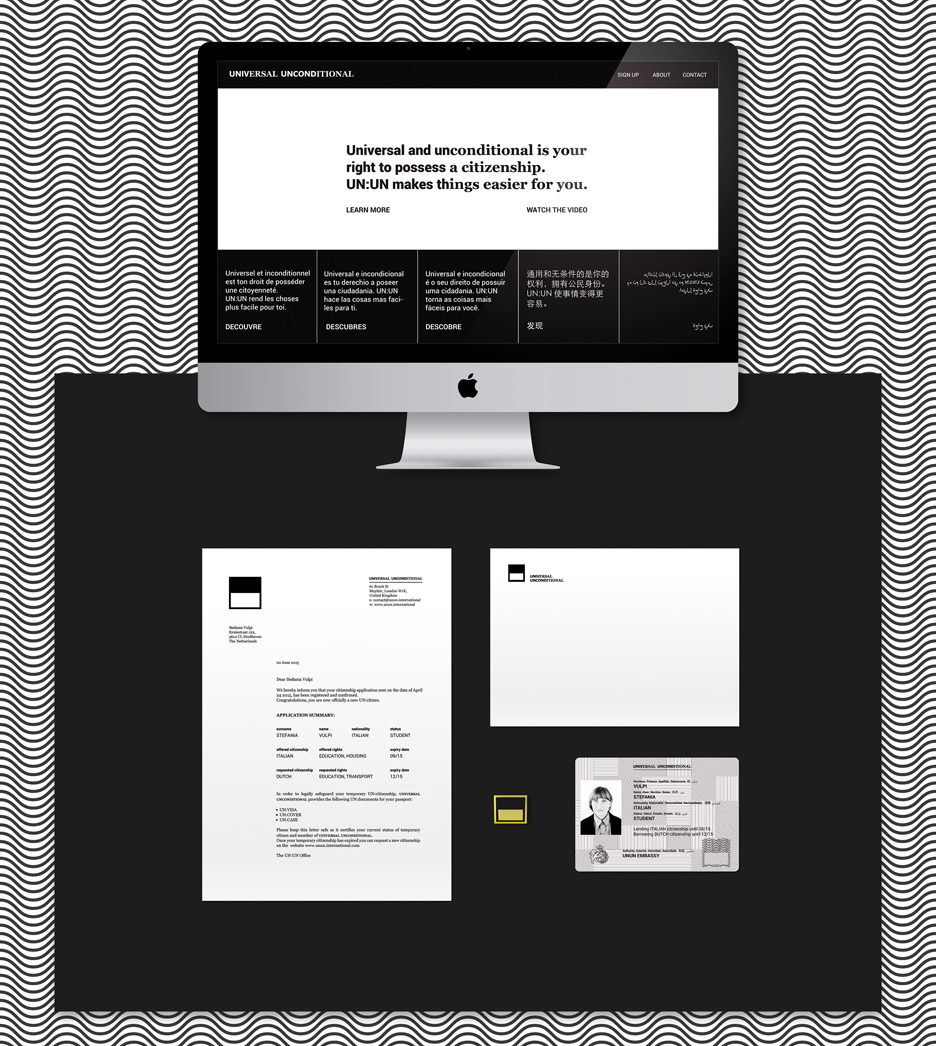
"I started working on this in January," she said. "I was following the news for quite a long time because I'm Italian and I'm used to hearing about immigration and really sad things."
"I'm aiming to create debate," she added. "It's questioning something – our citizenship – that we don't usually question."
Vulpi said the school encouraged her to pursue her research. "I felt really free in my department to choose a topic that I was interested in and they supported me," she said. "In my department, Man and Communication, we are pushed to look around."
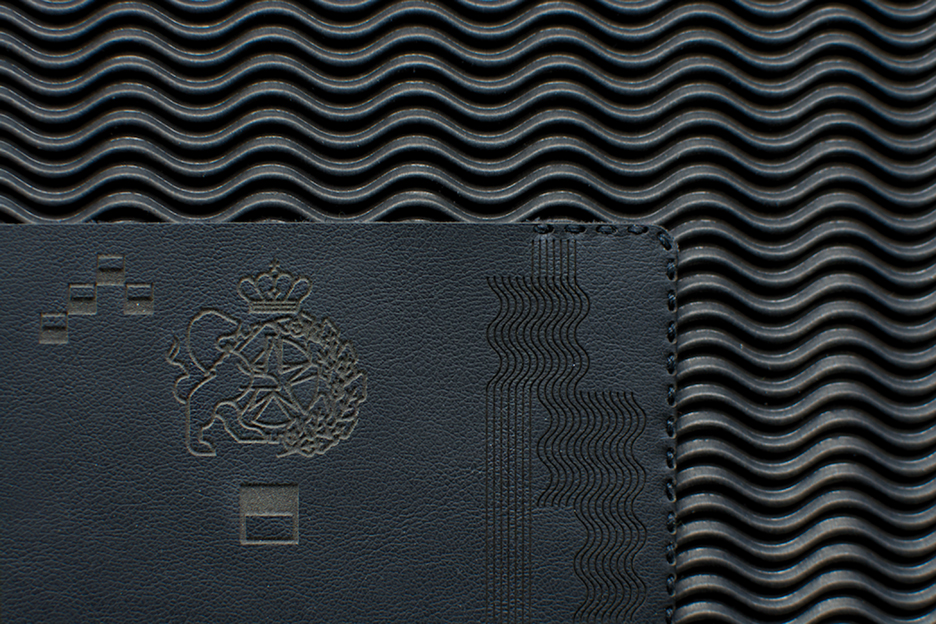
Under previous creative director Li Edelkoort, Design Academy Eindhoven became known for creating crafted objects and educated a whole generation of Dutch designers including Maarten Baas, Joris Laarman, Kiki van Eijk and Piet Hein Eek.
Under Widdershoven, who became creative director in 2013, the school has rethought its approach, encouraging students to adopt an "artistic" approach to issues of the day rather than a purely functional one.
In an interview with Dezeen last year, he said the idea of designing products or one-off creations for galleries is "not as avant-garde and pioneering anymore". He added that the school needed to "get a grip on technology".
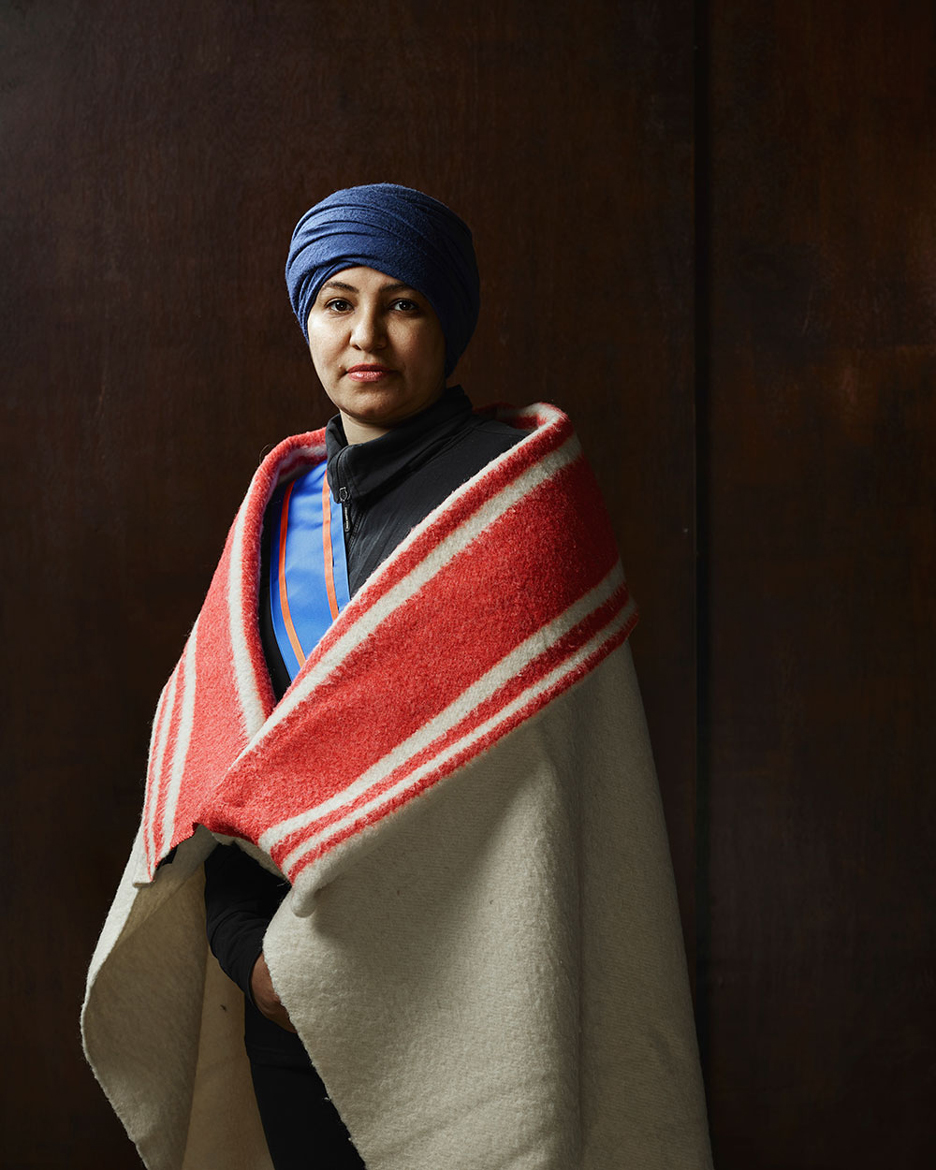
"Often we don't come up with real solutions [at Design Academy Eindhoven]," Widdershoven said this weekend. "We are more focused on designing experiments, interventions, reflections, questions. We create alternatives."
This "artistic" approach to design has led to criticisms that the school does not produce solution-based designers, but Widdershoven has turned this to his advantage and stated that contemporary problems are too big to solve with traditional thinking.
"Those who criticise us seem to say: if you want to be artistic, that's fine," he said. "But do it in a little corner of society. A little corner called culture, or beauty, or sensitivity. Leave the real issues to us because it takes a rational mind to solve them."

"We at this school think differently," he added. "It takes a narrow mind to narrow down the problem to solve it. Many students feel that the issues in the world, the crises that we see, are more fundamental. We need a more free and more artistic approach to develop alternatives."
Design Academy Eindhoven's graduate show runs throughout this year's Dutch Design Week, taking place from 17 to 25 October 2015.